No Data Found
Alstonia angustiloba
Common Pulai
![]() High Sensitivity
High Sensitivity
| Species Name | Alstonia angustiloba |
|---|---|
| Common Name | Common Pulai |
| Family | Apocynaceae |
| Genus | Alstonia |
| Taxonomic Synonyms/Past Names | |
| Taxonomic Notes |
Agree with the details?
Login to Vote Now
Species Information
- Tree up to 50 m tall, diameter to 1 m and characteristic high-fluted bole with a pagoda-shaped crown. Leaves are arranged in whorls of 4-7(-9). The creamy white to pale yellow flowers are arranged in dense clusters and are fragrant. Fruits paired follicles, pendulous. Trees often flower synchronously; in flowering trees, the whole crown may have creamy white to pale yellow flowers.
- Thailand, Sumatra, Peninsular Malaysia, Singapore, Borneo, and Java
- Found naturally in lowland forests and often in secondary forests
- Up to elevations of 1000 m
No Data Found
No Data Found
No Data Found
- It is a pioneer species. Pioneer species are typically fast-growing. [1]
No Data Found
No Data Found
No Data Found
No Data Found
- It has deep roots with water availability [1]
No Data Found
No Data Found
No Data Found
No Data Found
- Produces white latex, sap [1]
No Data Found
No Data Found
No Data Found
No Data Found
- Its fruits develop as a pair of pods 15-35 by 0.2-0.6 cm. The seeds are dark brown, flat, oblong, smooth, and wind-dispersed. No staining. [1]
No Data Found
No Data Found
No Data Found
No Data Found
- Produces pollen during blooming that is known to cause nasal allergies [1]
No Data Found
No Data Found
No Data Found
No Data Found
No Data Found
No Data Found
No Data Found
No Data Found
No Data Found
No Data Found
No Data Found
No Data Found
No Data Found
No Data Found
No Data Found
No Data Found
No Data Found
No Data Found
No Data Found
No Data Found
No Data Found
No Data Found
No Data Found
No Data Found
- Grows in moist and well-drained or fertile loamy soils. [1]
No Data Found
No Data Found
No Data Found
No Data Found
- Grows in primary and secondary forests, swamps, and on hills, in loam or sandy soils. [1]
No Data Found
No Data Found
No Data Found
No Data Found
- The leaves and flowers are sensitive to extreme conditions. [1]
No Data Found
No Data Found
No Data Found
No Data Found
No Data Found
- Specimens at Kepong Botanic Gardens, Selangor, did well during dry spells lasting three weeks.
No Data Found
No Data Found
No Data Found
No Data Found
- It has a large canopy and brittle branches. Specimens in Kuala Lumpur and Selangor experienced limb breakage during storms.
No Data Found
No Data Found
No Data Found
No Data Found
No Data Found
No Data Found
No Data Found
No Data Found
No Data Found
- Newly planted trees at Kepong Botanic Gardens, Selangor, had a leaf defoliation problem.
No Data Found
No Data Found
No Data Found
No Data Found
-
Insufficient Data
No Data Found
No Data Found
No Data Found
No Data Found
- Its fragrant flowers attract pollinating bees and butterflies [1]
No Data Found
No Data Found
No Data Found
No Data Found
- Listed as a heritage tree in Singapore. Has medicinal uses: The latex from the bark can treat abscesses and boils. Used for timber and to make products: The softwood makes floorboards, posts, and matches. [1]
Contributors: anonymous
Last Updated: 2023-03-15
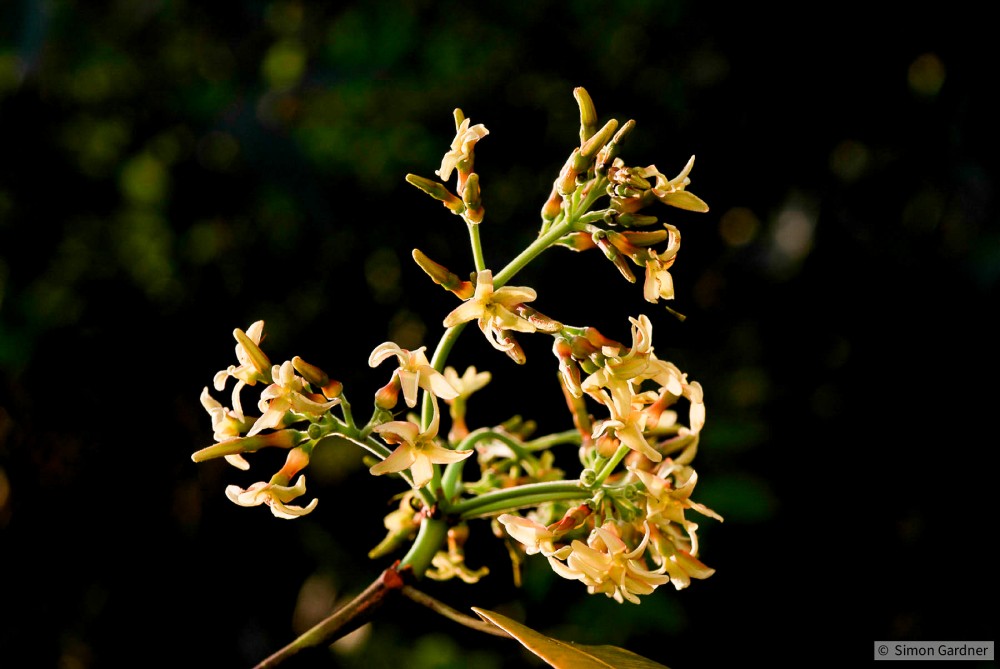

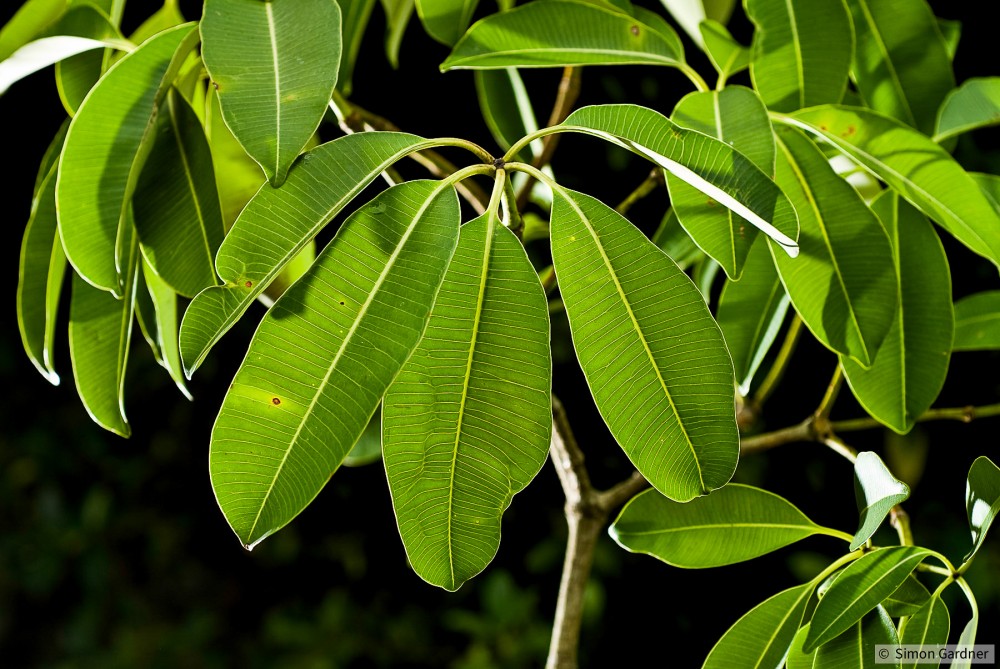
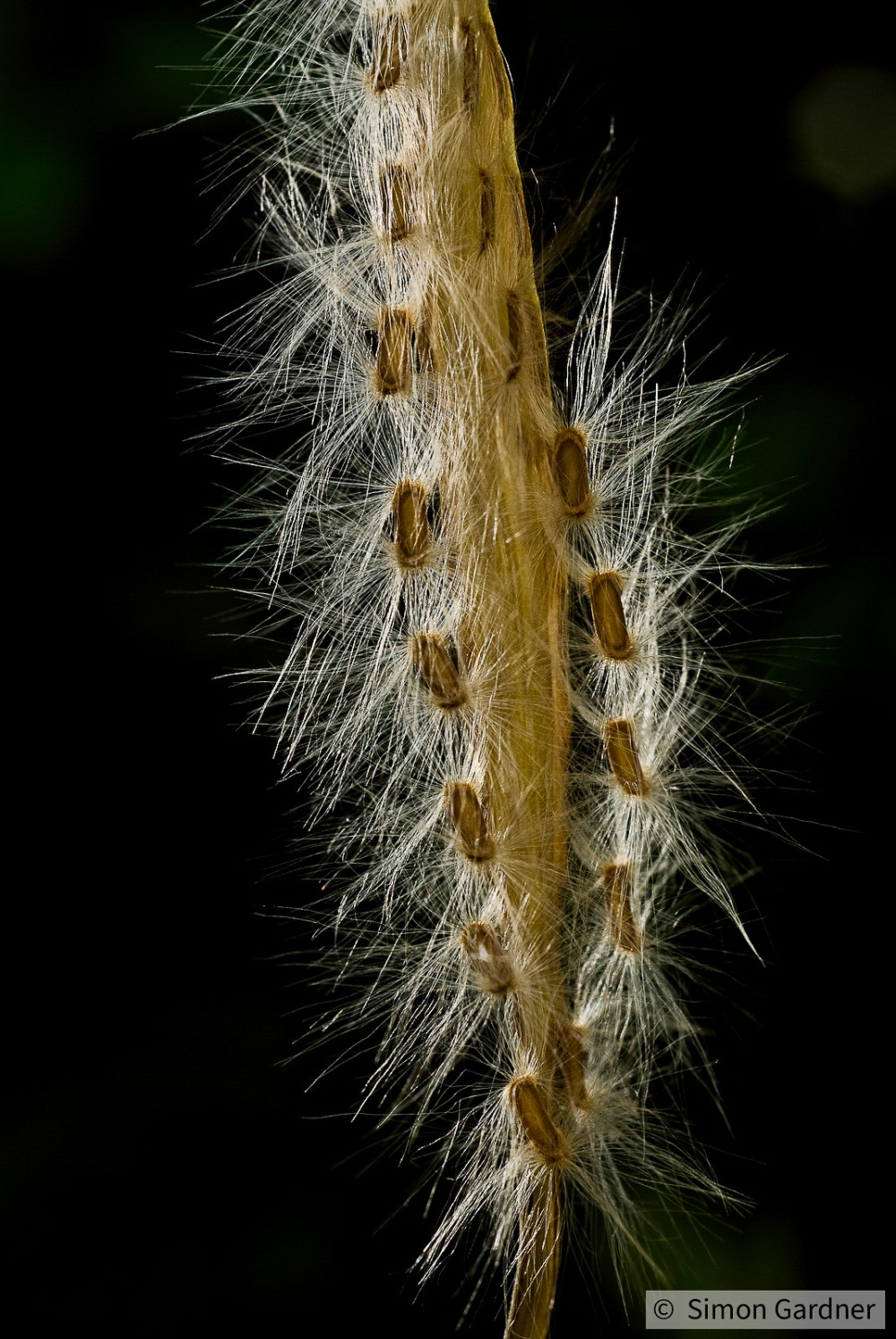
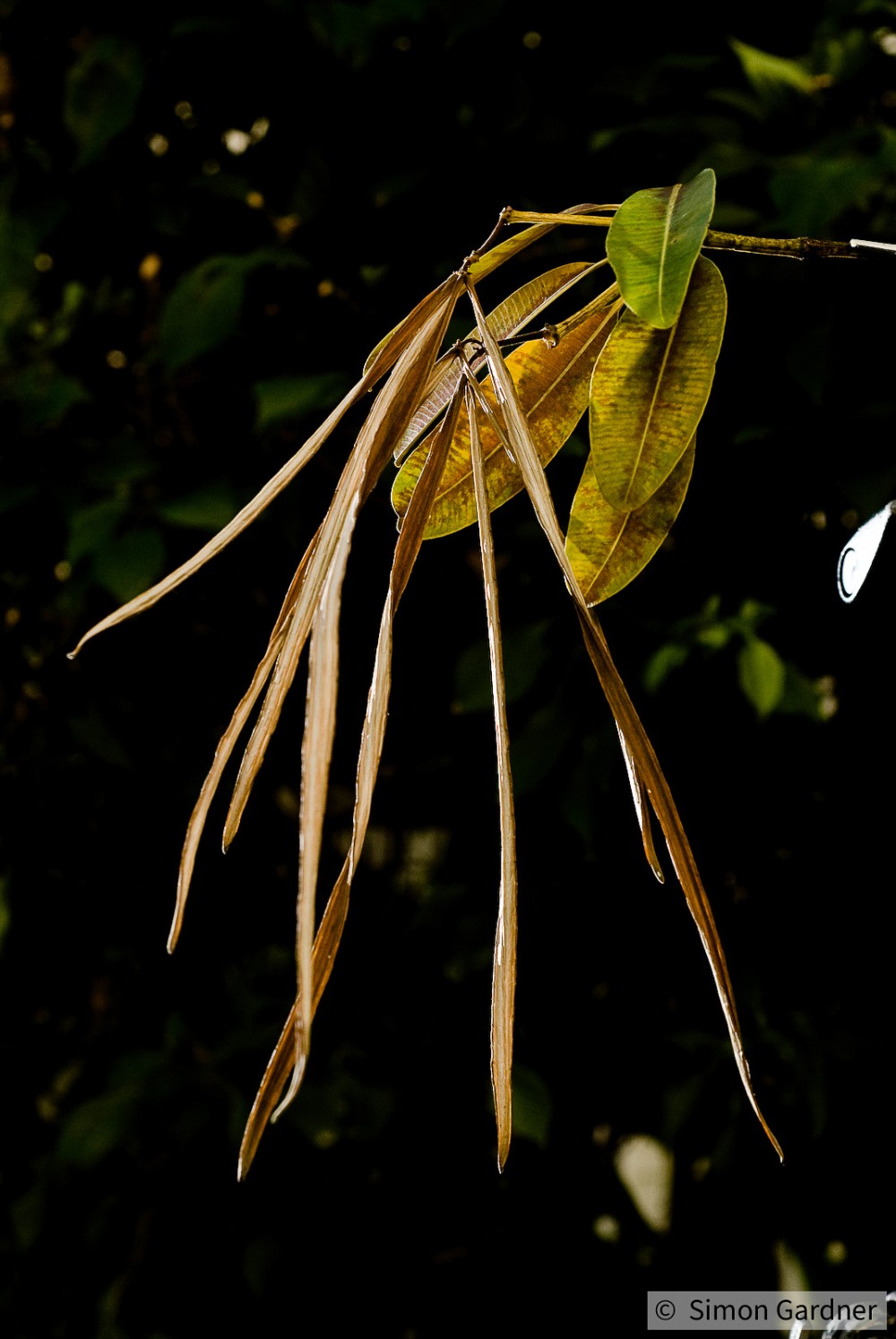
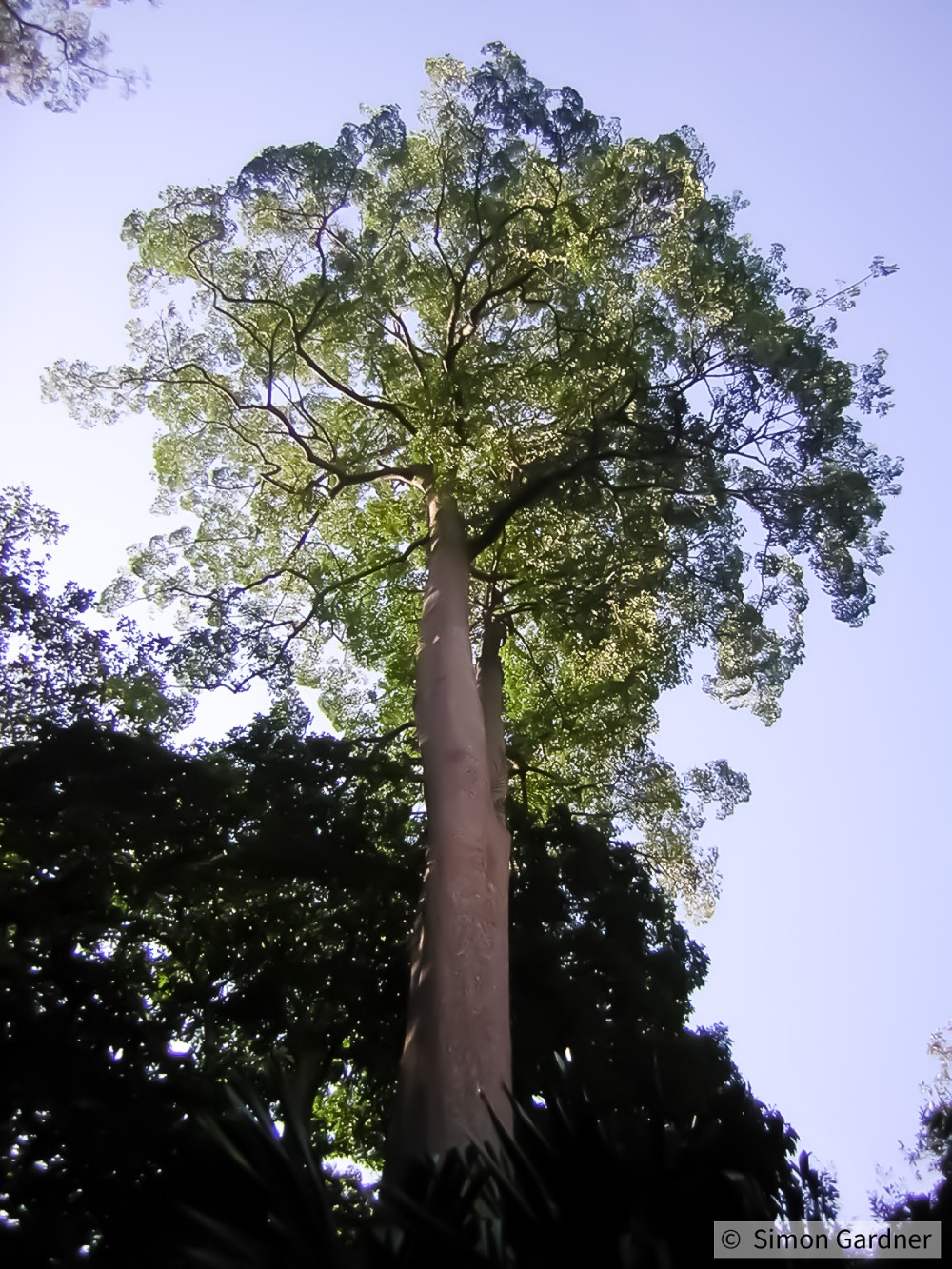
No comments